Space
Sign up for our newsletter
We summarize the week's scientific breakthroughs every Thursday.
-
 Planetary Science
Planetary ScienceYear in review: Best evidence yet for water on Mars
New data from the Mars Reconaissance Orbiter supported the presence of salty water on Mars.
-
 Planetary Science
Planetary ScienceComets-spewing-oxygen club gets new member
Halley’s comet becomes possibly the second comet known to be carting around oxygen buried since the formation of the solar system.
-
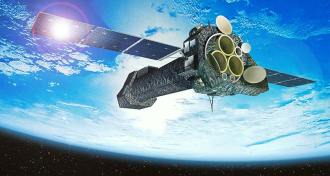 Cosmology
CosmologyDebate grows over whether X-rays are a sign of dark matter
The dwarf galaxy Draco, which is chock-full of dark matter, doesn’t emit a band of X-rays that researchers hoped were produced by the mysterious invisible stuff.
By Andrew Grant -
 Planetary Science
Planetary ScienceIt’s a new planet! It’s an unknown star! It’s — oops!
A couple of unexpected wandering points of light in the sky could be new planets or even a dim star orbiting the sun, but researchers have plenty of reasons to be skeptical.
-
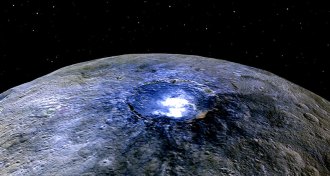 Planetary Science
Planetary ScienceSalty source of Ceres’ mysterious bright spots found
Bright spots on Ceres contain salts from a possible subsurface layer of ice while ammonia-rich minerals hint at building blocks incorporated from the far outer solar system.
-
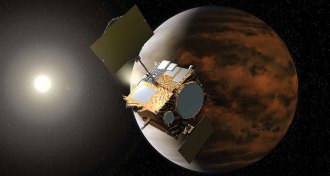 Planetary Science
Planetary ScienceJapanese spacecraft reaches Venus — five years late
The Japanese Space Agency’s Akatsuki spacecraft succeeded at a second attempt at orbiting Venus, five years after an engine failure prevented its intended mission.
-
 Astronomy
AstronomyLISA Pathfinder to pave way for gravitational wave detection
The successful launch of the LISA Pathfinder mission marks the first step toward testing techniques needed to build a space-based gravitational-wave detector.
-
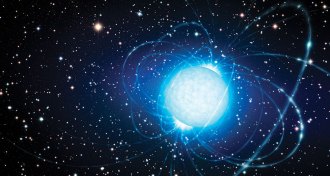 Astronomy
AstronomyMysterious cosmic signals carry a clue to their origins
A burst of radio waves from another galaxy ran into a dense magnetized plasma while en route to Earth, hinting at an origin near a population of young stars.
-
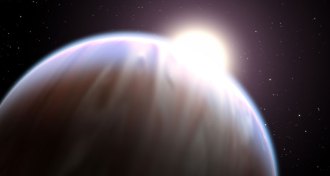 Astronomy
AstronomySuper-Earths, meet superpuffs, a lighter weight class of planet
Superpuffs are underweight, oversized planets that formed in outskirts of star systems before cuddling up close to their sun.
-
 Planetary Science
Planetary ScienceA defenseless Mars is losing its atmosphere
Measurements of Mars’ atmosphere leaking into space could help scientists explain how the Red Planet lost its once life-friendly climate.
-
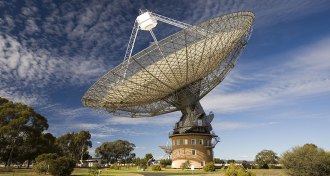 Astronomy
AstronomyMore mysterious extragalactic signals detected
Five more fast radio bursts from other galaxies have shown up and one of them is a double.
-
 Planetary Science
Planetary SciencePhobos to create ring around the Red Planet
Mars’ moon Phobos will shatter and create a temporary ring around Mars 20 million to 40 million years from now.